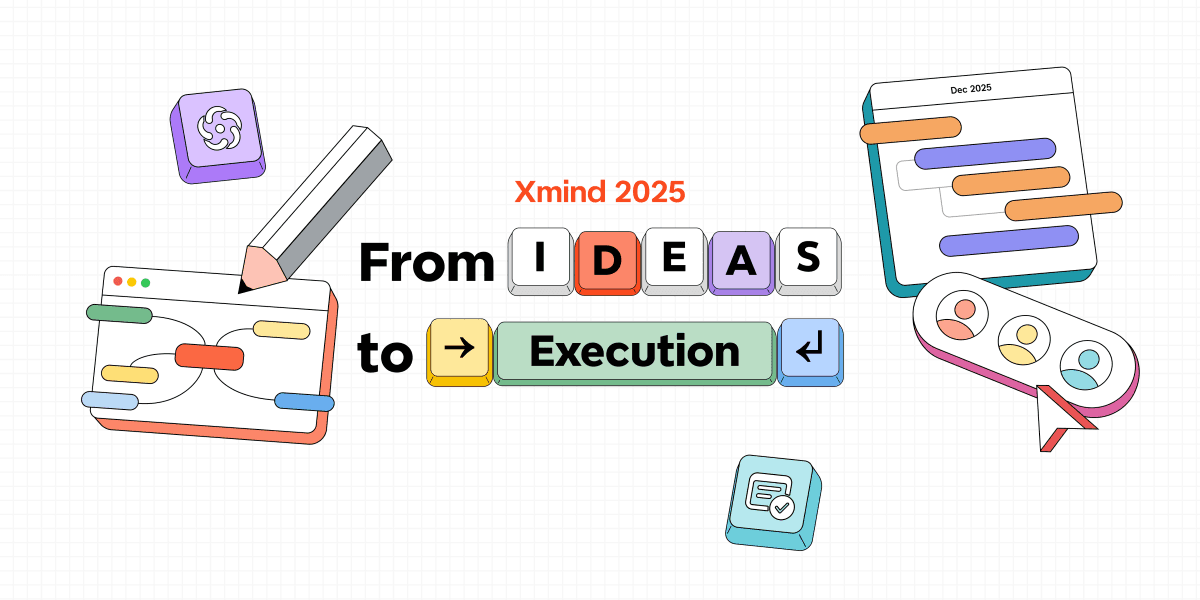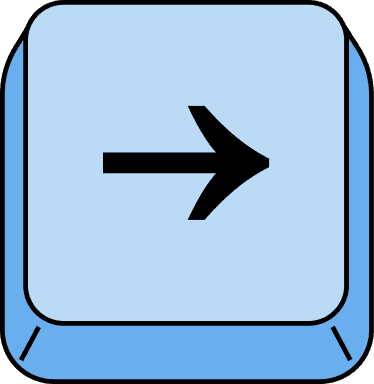15 сент. 2025 г.
Скрытая сила Канбан: от хаоса к четким рабочим процессам за 30 дней
Ваша команда сталкивается с хаотичными рабочими процессами, пропущенными сроками и узкими местами в проектах? Kanban может быть решением, которое вам нужно. Этот популярный метод управления работой в стиле Lean помогает командам определять, управлять и улучшать доставку интеллектуальной работы.
В этой статье мы углубимся в систему kanban, ее основные принципы и сравним ее с другими методами, такими как Scrum. Мы также покажем, как использовать Xmind для картирования и развития вашего канбан-процесса.
Корни Kanban: от фабричных цехов к современным командам
Японское слово "kanban" означает "вывеска" или "рекламный щит". Команды трансформировали эту систему планирования Lean manufacturing в универсальную методику, применимую в разных отраслях, особенно в интеллектуальной работе.
Что такое система Kanban?
Система Kanban помогает командам управлять своим рабочим процессом визуально. Она использует сигнальные устройства для управления производством и изъятием предметов в системе вытягивания. Система помогает командам видеть свою работу, устанавливать ограничения на незавершенные работы (WIP) и создавать более плавно текущий процесс. Две основные компоненты составляют систему: доски Kanban с колонками, показывающими разные этапы процесса, и карты Kanban, представляющие отдельные задачи на этих этапах.
История возникновения от Toyota
Компания Toyota разработала методологию kanban в послевоенной Японии под руководством Тайити Оно в конце 1940-х годов. Американские супермаркеты, в частности Piggly Wiggly, вдохновили Оно своими эффективными методами наполнения полок. Это наблюдение привело Toyota к мысли, что их предшествующие процессы можно рассматривать как магазины.
Toyota начала использовать эту систему на своем главном заводе в цехе машинных инструментов к 1953 году. Система быстро распространилась по Инструментальному отделению. Компания создала план по ее внедрению во всей компании к 1963 году. Этот переход помог Toyota повернуть свои убытки вспять и стать глобальным конкурентом, которого мы знаем сегодня.
Как команды разработчиков программного обеспечения приняли Kanban
Команды разработчиков обнаружили потенциал kanban для управления своей работой в начале 2000-х годов. Дэвид Дж. Андерсон стал пионером принципов kanban в ИТ, и Microsoft стала первой компанией, внедрившей эти концепции в методологию разработки программного обеспечения.
Команды добились отличных результатов с kanban. Им понадобилась только доска и карточки задач, которые могли быть цифровыми. Систему легко было освоить, так как командам не нужно было радикально изменять свои существующие процессы поставки. Это делало переход плавным, а не разрушительным.
Команды теперь могут использовать такие инструменты, как Xmind для картирования и улучшения своей имплементации kanban, если хотят визуализировать рабочие процессы и вносить в них постоянные улучшения.
6 основных принципов Kanban, которые превращают хаос в поток
Сила Kanban заключается в его базовых принципах, которые упорядочивают беспорядочные рабочие процессы. Эти шесть основных принципов работают вместе и превращают разбросанные задачи в эффективные процессы.
Начните с того, что вы делаете сейчас
Kanban отличается от систем, требующих полных изменений, поскольку он начинается с того, где вы находитесь. Ваши текущие процессы, роли и обязанности имеют ценность, которую стоит сохранять. Большие изменения часто вызывают сопротивление, поскольку люди чувствуют себя неуверенно или напуганы. Kanban позволяет строить на том, что уже работает, без разрушений, показывая, что нуждается в исправлении.
Визуализируйте свой рабочий процесс
Kanban доска делает больше, чем просто отслеживание задач - она показывает, где именно находится работа, делает процессы более плавными и помогает командам лучше работать вместе. Команды могут мгновенно выявить узкие места и перераспределить ресурсы, когда они четко видят свой рабочий процесс. Этот ясный взгляд помогает каждому понять свою роль и снижает путаницу.
Ограничьте объем незавершённой работы (WIP)
Вы не практикуете kanban без лимитов WIP. Этот важный принцип предотвращает хаос от попыток сделать всё сразу, ограничивая количество элементов на каждом этапе. Команды сосредотачиваются на завершении текущей работы, прежде чем начать новые задачи в системе вытягивания. Эти границы быстро обнаруживают проблемные места в вашем рабочем процессе, поэтому вы можете легко их исправить.
Управляйте потоком и устраняйте препятствия
Хорошее управление потоком оптимизирует, как работа проходит через вашу систему, не зацикливаясь на микроуправлении людьми. Команды работают в устойчивом, предсказуемом темпе, чтобы быстрее создавать ценность. Проблемы, замедляющие работу, нуждаются в быстром решении. Цель{










